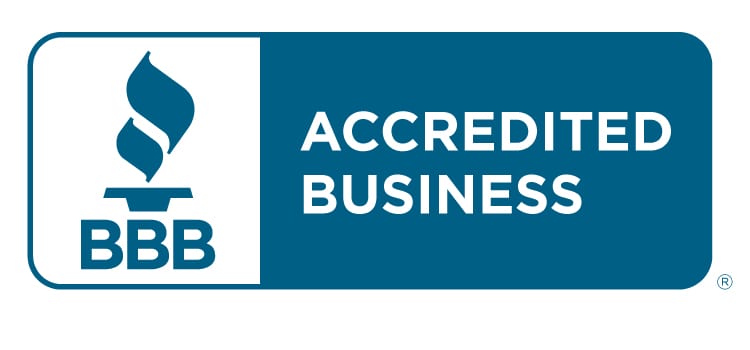
Tips for Adapting to Email Privacy Changes
Are you up to date with Apple’s latest email privacy changes?
Last September, Apple made some pretty big changes to the iPhone’s Mail App. The most notable change for email marketers: a “Mail Privacy Protection” feature that lets users hide their activity from third parties. And this feature, which rolled out with the iOS 15 update, is one that will definitely require you to adapt your email strategy.
What is the new privacy feature?
Mail Privacy Protection is an opt-in feature that provides users with more control over their personal data by allowing them to hide certain activity from third parties. Unfortunately for marketers, this includes data around location and open rates.
This has a few major implications. For instance, if you send an email to a user with privacy protection on, the message will be marked as opened even if they never see it. Along with a lack of location data, this makes it harder to track true opens, segment lists, A/B test subject lines and optimize your content for each subscriber.
What should you do?
Privacy protection is already an option for users with iOS 15, so if you haven’t started making adaptive plans now is the time. Here are a few places to start:
- Prioritize other metrics. Open rates may be unreliable, but there are other metrics you can use to track performance. Pay more attention to clicks and conversions.
- Remove hard bounces. List hygiene is a little trickier with this feature. Set up automatic removals of hard bounces if possible to help protect your IP reputation.
- Focus on high-quality content. You’re hopefully doing this anyway, but it’s extra important now. Personalize emails based on the information available to you, and make sure there’s value in every message you send.






